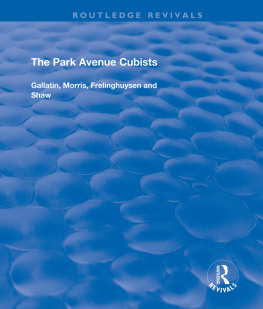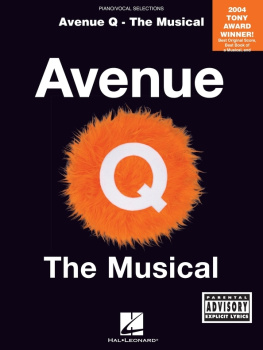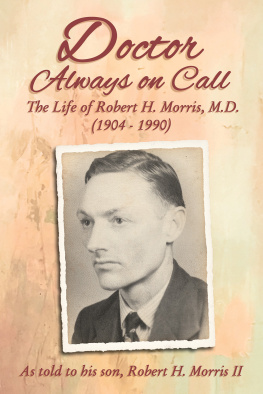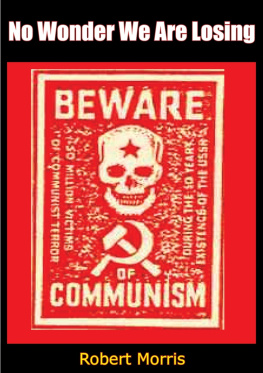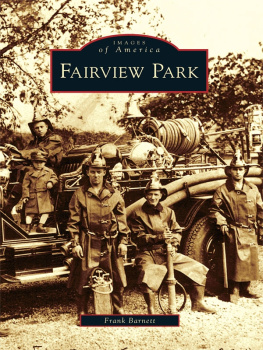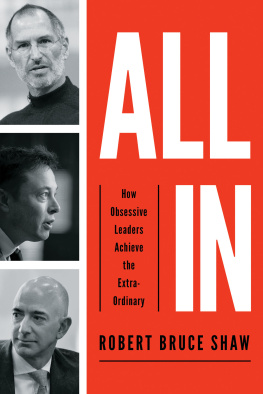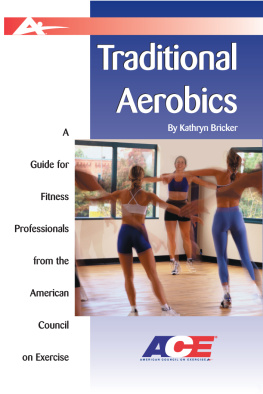Robert S. LubarDebra Bricker Balken - The PARK AVENUE CUBISTS: gallatin, morris, frelinghuysen and shaw
Here you can read online Robert S. LubarDebra Bricker Balken - The PARK AVENUE CUBISTS: gallatin, morris, frelinghuysen and shaw full text of the book (entire story) in english for free. Download pdf and epub, get meaning, cover and reviews about this ebook. year: 2017, publisher: Taylor & Francis (CAM);Routledge, genre: Art. Description of the work, (preface) as well as reviews are available. Best literature library LitArk.com created for fans of good reading and offers a wide selection of genres:
Romance novel
Science fiction
Adventure
Detective
Science
History
Home and family
Prose
Art
Politics
Computer
Non-fiction
Religion
Business
Children
Humor
Choose a favorite category and find really read worthwhile books. Enjoy immersion in the world of imagination, feel the emotions of the characters or learn something new for yourself, make an fascinating discovery.
- Book:The PARK AVENUE CUBISTS: gallatin, morris, frelinghuysen and shaw
- Author:
- Publisher:Taylor & Francis (CAM);Routledge
- Genre:
- Year:2017
- Rating:3 / 5
- Favourites:Add to favourites
- Your mark:
- 60
- 1
- 2
- 3
- 4
- 5
The PARK AVENUE CUBISTS: gallatin, morris, frelinghuysen and shaw: summary, description and annotation
We offer to read an annotation, description, summary or preface (depends on what the author of the book "The PARK AVENUE CUBISTS: gallatin, morris, frelinghuysen and shaw" wrote himself). If you haven't found the necessary information about the book — write in the comments, we will try to find it.
The PARK AVENUE CUBISTS: gallatin, morris, frelinghuysen and shaw — read online for free the complete book (whole text) full work
Below is the text of the book, divided by pages. System saving the place of the last page read, allows you to conveniently read the book "The PARK AVENUE CUBISTS: gallatin, morris, frelinghuysen and shaw" online for free, without having to search again every time where you left off. Put a bookmark, and you can go to the page where you finished reading at any time.
Font size:
Interval:
Bookmark:

The Park Avenue Cubists
Gallatin, Morris, Frelinghuysen and Shaw
With essays by Debra Bricker Balken
and Robert S. Lubar

Grey Art Gallery, New York University
This publication is issued in conjunction with the exhibition The Park Avenue Cubists:
Gallatin, Morris, Frelinghuysen and Shaw, organized by the Grey Art Gallery, New York University,
and curated by Debra Bricker Balken.
Grey Art Gallery, New York University
January 14-March 29, 2003
Addison Gallery of American Art, Phillips Academy, Andover, Massachusetts
April 22July 31, 2003
Samuel P. Harn Museum of Art, University of Florida, Gainesville
September 2November 30, 2003
Both the exhibition and this publication are made possible in part by support from
The Henry Luce Foundation, Inc., and the Abby Weed Grey Trust.
First published 2002 by Ashgate Publishing
Reissued 2018 by Routledge
2 Park Square, Milton Park, Abingdon, Oxon OX14 4RN
711 Third Avenue, New York, NY 10017, USA
Routledge is an imprint of the Taylor & Francis Group, an informa business
Copyright 2002 Grey Art Gallery, New York University
All rights reserved. No part of this book may be reprinted or reproduced or utilised in any form or by any electronic, mechanical, or other means, now known or hereafter invented, including photocopying and recording, or in any information storage or retrieval system, without permission in writing from the publishers.
Notice:
Product or corporate names may be trademarks or registered trademarks, and are used only for identification and explanation without intent to infringe.
Publisher's Note
The publisher has gone to great lengths to ensure the quality of this reprint but points out that some imperfections in the original copies may be apparent.
Disclaimer
The publisher has made every effort to trace copyright holders and welcomes correspondence from those they have been unable to contact.
Typeset in Spectrum by Hilite Design, Southampton
A Library of Congress record exists under LC control number: 2002066633
ISBN 13: 978-1-138-71929-3 (hbk)
ISBN 13: 978-1-315-19543-8 (ebk)
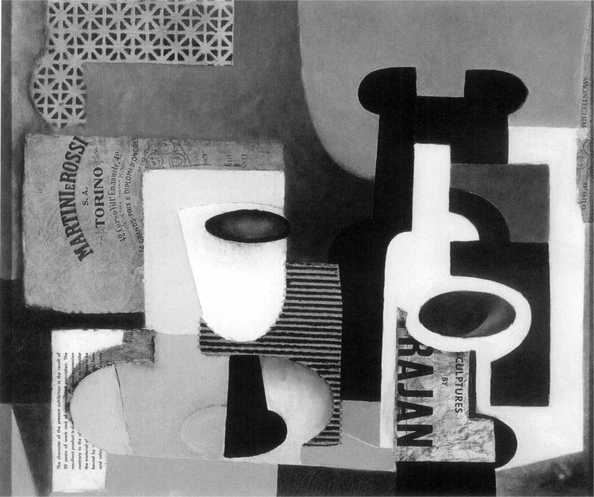
Edward Albee
David and Lynne Anderson
The Art Institute of Chicago
The Baltimore Museum of Art
The Berkshire Museum
Berry-Hill Galleries, New York
Brooklyn Museum of Art
Bryn Mawr College
Carnegie Museum of Art, Pittsburgh
Charles H. Carpenter
Corcoran Gallery of Art, Washington, D.C.
Judith-Ann Corrente
Curtis Galleries, Minneapolis
Dallas Museum of Art
Mr. and Mrs. Barney A. Ebsworth
Fred Jones Jr. Museum of Art, The University of Oklahoma
Frelinghuysen Morris House and Studio, Lenox, Massachusetts
Grey Art Gallery, New York University
Hirshhorn Museum and Sculpture Garden, Smithsonian Institution
Hunter Museum of American Art, Chattanooga, Tennessee
The Marion Koogler McNay Art Museum
The Museum of Modern Art, New York
Naples Museum of Art
National Portrait Gallery, Smithsonian Institution
Neuberger Museum of Art, Purchase College, State University of New York
The Newark Museum
New Jersey State Museum, Trenton
J. Donald Nichols, Nashville
Philadelphia Museum of Art
Phoenix Art Museum
Robert and Jane Rosenblum, New York
Salander-O'Reilly Galleries, New York
Smithsonian American Art Museum
Joan T. Washburn Gallery, New York
Weatherspoon Art Museum, The University of North Carolina at Greensboro
Whitney Museum of American Art, New York
Amy Wolf Fine Arts, New York
Virginia Zabriskie, New York
Private collection
The art shown at the Gallery of Living Art, Professor Robert Rosenblum has reminisced, was astounding. Albert Eugene Gallatin's Museum of Living Art, as it was later renamed, had opened in December 1927 in the southwest corner of New York University's Main Building on Washington Square. Professor Rosenblum's assessment derives from his early memories of a visit to the Gallatin Collection long before he, a self-described "precocious New York child," ventured further north to see the Museum of Modern Art, which was inaugurated two years after Gallatin's Gallery. "Like the Art Deco apartment houses then going up in New York, with their zigzagging decorative motifs and floating corner windows, the paintings of the Gallatin Collection looked startlingly, triumphantly modern," Professor Rosenblum recalls.
Here was the future in flat planes and clean colors, with lucid arcs and angles replacing old-fashioned realist imagery, and all laws of gravity repealed in favor of the aerial freedom appropriate to the new century of speed and flight. Whether intention or accident brought a twelve-year-old boy to the Museum of Living Art, it was as exhilarating to me as a kind of science fiction.
The Museum of Living Art housed major works by European artistssuch as Pablo Picasso's The Three Musicians, Fernand Lger's The City, Joan Mir's Dog Barking at the Moon, Piet Mondrian's Composition in Blue and Yellow, and Georges Braque's Still Life: The Courier as well as paintings by American artists, including Charles G. Shaw, George L. K. Morris, and Suzy Frelinghuysen. As Debra Bricker Balken, the guest curator and instigator of the present exhibition, notes in her essay on the Park Avenue Cubists included here, Gallatin not only acquired works by Morris, Frelinghuysen, and Shaw, but the four of them also exhibited together. Close friends and passionate patrons as well as committed artists, they shared privileged and pampered backgrounds, providing fodder for their insouciant sobriquet. Defenders of a vanguard American art that flew in the face of a public reared on realism, they considered themselves the legitimate aesthetic heirs to then-dominant French culture. Erudite and cosmopolitan, they also simultaneously collected.
The Park Avenue Cubists is the first substantial museum exhibition to examine this salient and long-overlooked aspect of American art and includes approximately fifteen works per artist, each of whom, in their own way, updated and purified the formalist vision emanating from Paris. Also on view in the exhibition is a selection of artifacts and artworks from the artists' collections as well as articles by and portraits of them. Shown alongside their paintings, these documents and ephemera shed light both on the artists' glamorous lifestyles and on their ardent commitment to perpetuating the European origins of modernism while formulating one of the first reductivist abstract languages of art in the United States. Indeed, in their quest to create a truly American strain of modern art, they melded the stylistic lessons of Cubism and its derivations (Purism, Neoplasticism, Constructivism, Surrealist Biomorphism) with indigenous American subject matter, from Hopi katsinas to Manhattan cityscapes. Appropriating popular imagery from billboards and advertising logos, they not only looked back to Analytic Cubism's incorporation of printed-paper ephemera, but also ahead to the work of Pop artists.
It is especially fitting that New York University's Grey Art Gallery organize and present this exhibition. Not only was A. E. Gallatin a direct descendant of Albert Gallatin, who founded New York University in 1831, but the Grey Art Gallery occupies the very same space as the Museum of Living Art, which was disbanded in 1942. During its colorful if quirky existence, it functioned as a magnet for artists such as Willem de Kooning, Hans Hofmann, and Arshile Gorky, as well as for intellectuals and Greenwich Village residents. Long before the Greywhich was founded in 1975it provided a space where students and faculty could interact with Villagers. "Open late every night of the week, very small and very casual, the Museum drew browsers from all over New York but remained distinctly a neighborhood establishment. Beyond its function as a meeting place ... [the Museum] was under Gallatin also a study center of serious purpose," William Hutchinson has observed. "NYU students used the space as any other study hall; artists used it to puzzle through the myriad and complex lessons of Cubism, or to keep abreast of new developments in abstraction."
Font size:
Interval:
Bookmark:
Similar books «The PARK AVENUE CUBISTS: gallatin, morris, frelinghuysen and shaw»
Look at similar books to The PARK AVENUE CUBISTS: gallatin, morris, frelinghuysen and shaw. We have selected literature similar in name and meaning in the hope of providing readers with more options to find new, interesting, not yet read works.
Discussion, reviews of the book The PARK AVENUE CUBISTS: gallatin, morris, frelinghuysen and shaw and just readers' own opinions. Leave your comments, write what you think about the work, its meaning or the main characters. Specify what exactly you liked and what you didn't like, and why you think so.

